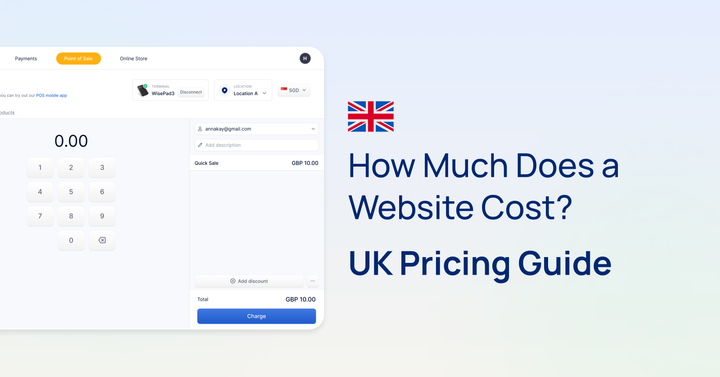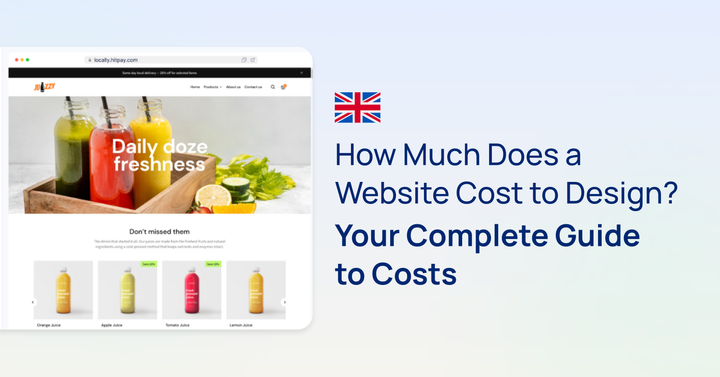Things to Consider When Building a Website: A Guide to Website Development
Learn the essential factors in building a successful website, from defining its purpose and understanding your audience to optimising design, usability, and content strategy for a strong online presence.

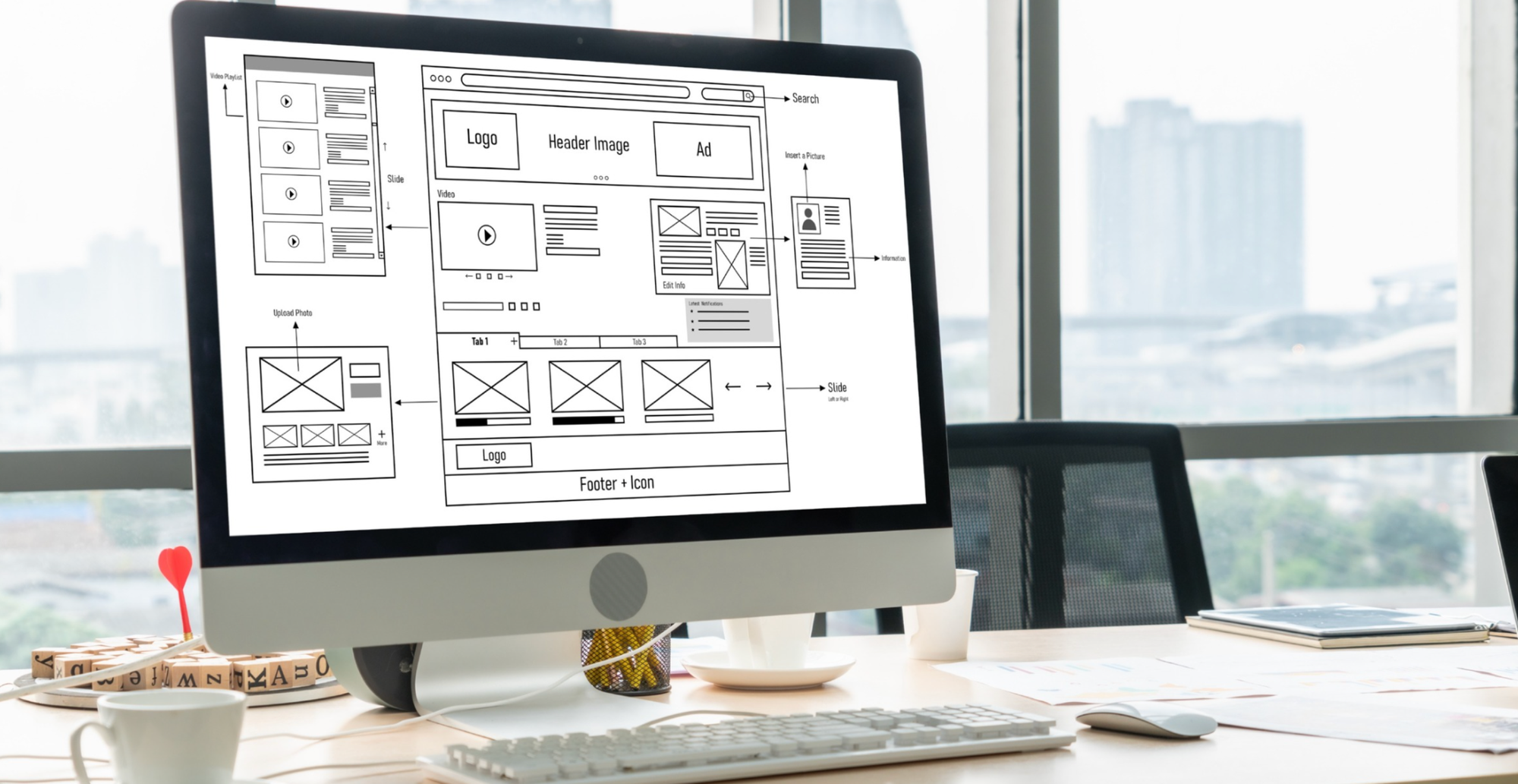
Having a strong online presence is crucial for any business, particularly in today's digital age. Your website often serves as the first point of contact between your brand and potential customers, so it needs to make a positive impression, capture attention, and encourage visitors to take action. But how can you build a website that achieves all these goals?
At HitPay, we know how important it is for your website to function smoothly with your business operations. As an all-in-one payment platform, we support over 20,000 businesses worldwide by making online and offline payment processing secure and efficient.
In this article, we'll cover the important factors to consider when selecting a website builder, such as ease of use, SEO, design options, and integration with payment systems like HitPay. By the end, you'll have the insights you need to choose a website builder that fits your business needs.
Key Takeaways
- Your website is the forefront of your online presence.
- Key considerations in website development include user experience and SEO.
- A well-designed website increases brand visibility and credibility.
- Effective content strategy is essential for engaging visitors.
- Trust and reliability are built through a strong digital footprint.
What are the Main Things to Consider When Creating a Website?
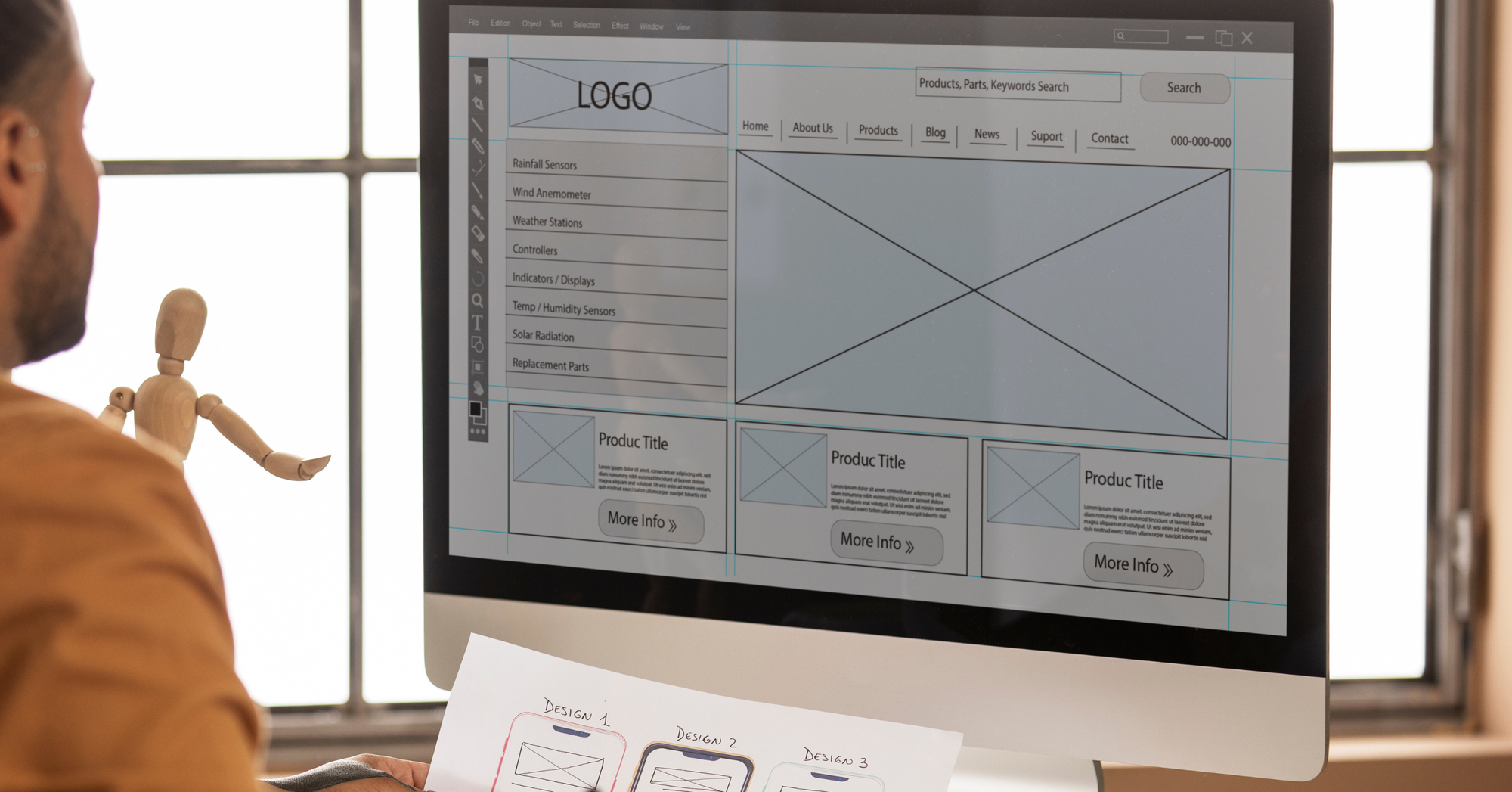
Building a website requires careful thought on several key points. First, it's vital to know the site's purpose. This means understanding your business goals and who you're making the site for. Knowing your audience helps you create content they'll find interesting.
Web design is also crucial. Make sure your site is easy to use and works well on all devices. Over half (54%) of the global population – some 4.3 billion people – now owns a smartphone, so your website must be appealing and accessible for people to use on phones too.
Content quality is another key factor. Focus on making content that keeps visitors coming back. It's also important to ensure your site loads quickly and securely, and protects your visitors' data too.
Defining Your Website's Purpose

Defining a clear purpose for your website is essential to achieving your business goals. Every aspect of your site—from its design to its navigation—should reflect this purpose. Consider what you aim to accomplish online with your website, whether it’s increasing sales, generating more leads, or enhancing your brand’s visibility.
Business Goals and Objectives
Your business goals set the path for your website. Think about these when setting your goals:
- Increasing online sales through an e-commerce platform. The global e-commerce market is expected to total $6.3 trillion by 2024, making it more important than ever for businesses to have a strong online presence.
- Generating qualified leads via targeted content and forms.
- Enhancing brand awareness using effective storytelling and visuals.
These goals guide your website's design and what it does, affecting its layout, content, and how users interact with it.
Target Audience Identification
With 97% of people using the internet to find businesses, presenting your brand effectively online is essential. Understanding your audience is crucial to achieving your website's objectives. Start by discovering their preferences, behaviours, and challenges. Creating buyer personas can be a helpful way to visualise this.
When you know your audience well, you can connect with them more effectively and guide them toward your goals. Here's an example of how different types of audiences might engage with your content:
Aligning your website with your audience's preferences and needs can boost their engagement and help you reach your business objectives.
Essential Design and Usability Factors

Building an outstanding website starts with prioritising design and usability. A user-friendly design not only captures visitors' attention but also encourages them to stay longer and explore more. Simple and intuitive navigation enhances the overall experience, making it easy for users to find what they're looking for and take the desired actions on your site.
- User-Friendly Interface
A website that is easy to use encourages visitors to return. A clean and organised layout, combined with a consistent design, enhances user experience. 94% of users attribute their initial impression of a website to its design, making it a critical factor in capturing their attention and building trust from the moment they arrive.
Pay attention to the choice of colours, fonts, and spacing to make the site visually appealing and easy to read. These design elements contribute to whether visitors stay on your site or leave quickly, so investing in a user-friendly interface is crucial.
- Mobile Responsiveness
With more people browsing on mobile devices than ever, your site must function seamlessly across all screen sizes. Ensure your website looks great and performs well on smartphones and tablets to provide a consistent experience for all users.
Text, images, and other elements should automatically adjust to fit different screen sizes, preventing frustration and encouraging users to stay. A responsive website also improves your search engine ranking as search engines favour sites that are mobile-friendly.
- Navigation and Structure
Clear navigation and well-organised content are essential for guiding users through your website. Visitors should be able to find what they are looking for quickly and easily.
Utilise a straightforward menu, clearly labelled sections, and logical content hierarchy to help users move through your site without confusion. Effective navigation encourages users to explore further, stay longer, and return in the future.
Content Strategy and Quality
Your website's content is the main way visitors interact with you. Making content that meets your audience's needs makes their visit better. Good content shows your brand's knowledge, builds trust, and makes people want to learn more about what you offer.
- Engaging and Relevant Content: A content strategy involves creating engaging content that addresses your audience's needs, such as blog posts, videos, or infographics. It should captivate readers and encourage them to return. Regularly updating your content keeps it relevant and maintains audience interest.
- SEO Optimisation: Incorporating SEO into your content plan improves your search engine visibility. Begin by targeting keywords and analytics your audience searches for, and enhance your content with meta tags and links. Creating educational content and guides builds trust and attracts more visitors, essential for online success.
Technical Aspects and Performance
When building your website, focus on technical details to boost performance. Things like speed, security, hosting, and back-end services affect how people use your site.
- Website Speed and Performance: A fast website improves user experience and search rankings. Optimise image sizes, reduce server response times, and use CDNs. Regular testing helps fix performance issues.
- Security Measures: Protect user data with SSL certificates and regular software updates. Use firewalls and security plugins to defend against threats. Half of businesses (50%) in the UK report having experienced some form of cyber security breach or attack in the last 12 months, so it's really important that you implement robust security measures to safeguard your website and its users.
- Hosting and Domain Selection: Choose hosting based on uptime, support, and bandwidth needs. The right option improves site speed and reliability.
- Back-End Services and Maintenance: Regularly update software, back up data, and manage databases to ensure smooth operation and avoid security risks.
Key Functional Elements
Adding key elements to your website can make it more engaging and easier to use. Important areas like calls to action, easy-to-find contact info, and social media links improve the user experience.
- Calls to Action (CTAs)
Effective calls to action (CTAs) direct visitors toward specific actions, such as signing up for a newsletter, making a purchase, or filling out a contact form. To maximise their impact, ensure your CTAs are concise, compelling, and prominently placed on your website.
Use contrasting colours and bold, straightforward language to make them stand out. Additionally, position them strategically on pages where visitors are most likely to take action, such as at the end of a blog post or on the homepage.
- Contact Information and Accessibility
Your contact information should be clearly visible and easy to find on every page of your website, as this builds trust and encourages visitors to reach out. Placing contact details in the header or footer ensures they are accessible no matter where a user is on the site.
Provide multiple contact options, such as a phone number, email address, and contact form, to accommodate different preferences. Including a live chat feature can further enhance communication by offering instant support, which helps keep users engaged and satisfied with their experience on your site.
- Integrating Social Media
Integrating your social media profiles with your website is essential for extending your reach and engaging with your audience beyond your site. Include social media icons in prominent locations, like the header, footer, or sidebar, to encourage visitors to follow your brand and interact with your content across various platforms.
Featuring a live social media feed or sharing buttons for blog posts and articles can also promote user engagement, fostering a sense of community and driving more traffic back to your website.
In fact, websites with prominent social media buttons can increase user engagement by up to 20%, helping to create a cohesive online presence and strengthen your brand's connection with its audience.
Tools and Resources for Website Development
Choosing the right tools and resources is key to your website's success. Web development platforms and design tools can boost your site's functionality and look.
Web Development Platforms
Web development platforms are essential tools for building and managing your website effectively. Options like HitPay, WordPress, Wix and HubSpot, provide a range of features to suit various needs. These platforms allow you to customise your site, integrate eCommerce capabilities, and utilise SEO tools to attract and retain visitors.
Design and Development Tools
Design tools are vital for a great-looking website. Adobe XD, Canva, and Sketch help you make graphics and layouts that match your brand. Using these tools improves user experience and keeps your site looking professional.
But it's not just about looks. Tools like Google Analytics and SEMrush track how users behave and how your site performs. This info helps you make smart updates to your site.
Get Started With HitPay’s Secure Online Website Builder
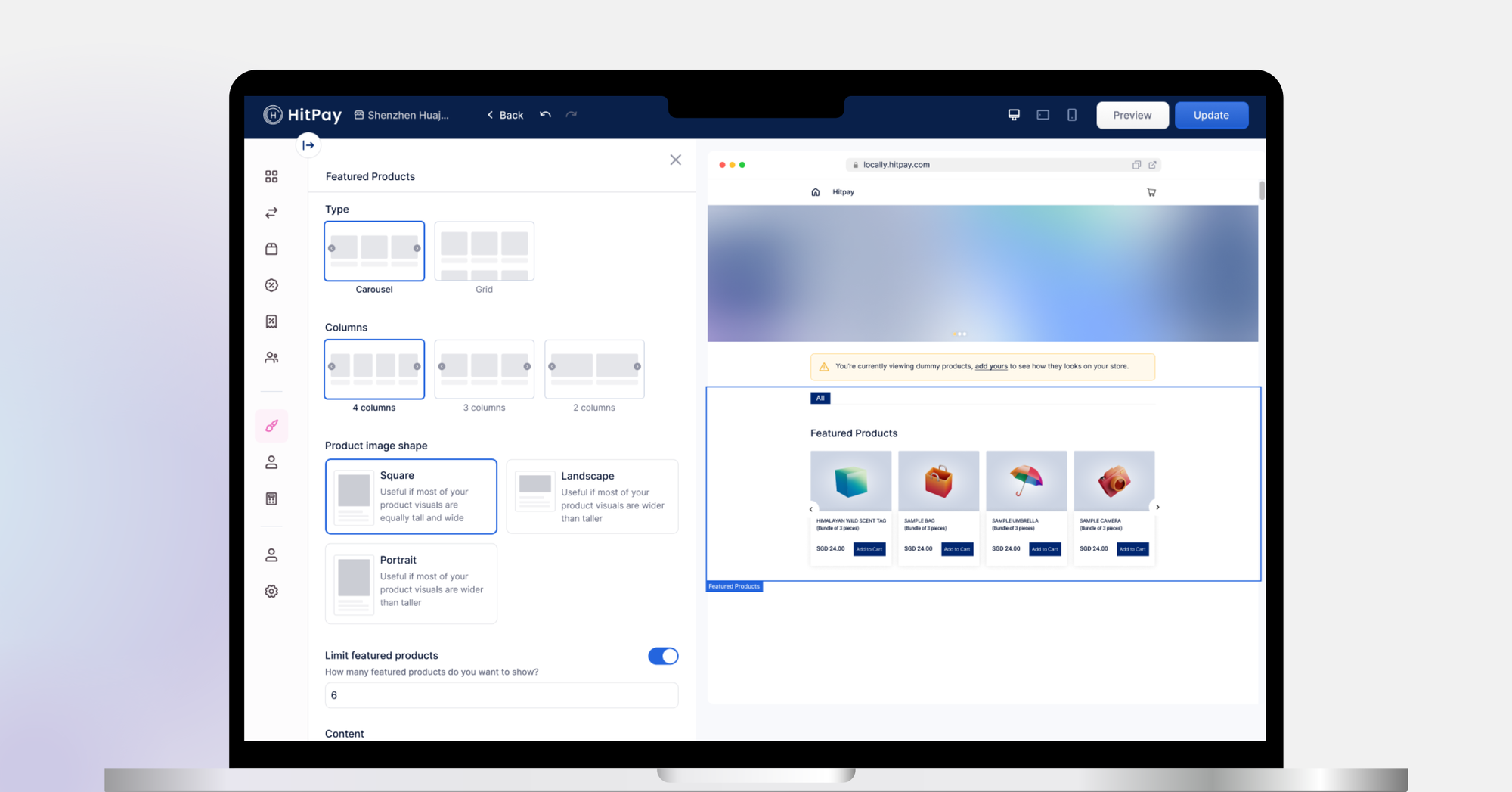
Creating a strong online presence starts with knowing all the parts we've talked about. First, define your website's purpose clearly. This is key for your digital strategy. Then, focus on design and usability to make sure visitors enjoy their time on your site and come back.
A good content strategy is crucial for your website's success. By sharing content that connects with your audience, you boost digital engagement and make your brand trusted in your field. Also, improving your site's speed and security helps your online presence.
Adding important features like clear calls to action and easy social media links helps engage visitors and turn them into loyal customers. With the right tools and a focus on quality, your online presence will show off your brand's values. It will also help you succeed in the changing digital world.
Try HitPay’s Online Website Builder for free today.
If you're a customer who has questions about paying with HitPay, feel free to contact us on our website.
Frequently Asked Questions about Website Builders
What are the key factors to consider when creating a website?
Key factors include defining your site's purpose and knowing your audience. Focus on design and usability. Also, implement an effective content strategy and ensure technical performance. Don't forget to add key functional elements like calls to action.
What role does content strategy play in website development?
A strong content strategy is key. It ensures your content is engaging and relevant to your audience. It addresses their pain points, builds your authority, and helps with SEO to increase visibility.
What are effective calls to action (CTAs)?
Effective CTAs are clear and persuasive prompts. They guide users to take actions like signing up for newsletters, making purchases, or filling out forms.
Why is SEO important for my website?
SEO is crucial for making your site more visible in search engines. It drives organic traffic and helps potential customers find your brand and offerings easily.

